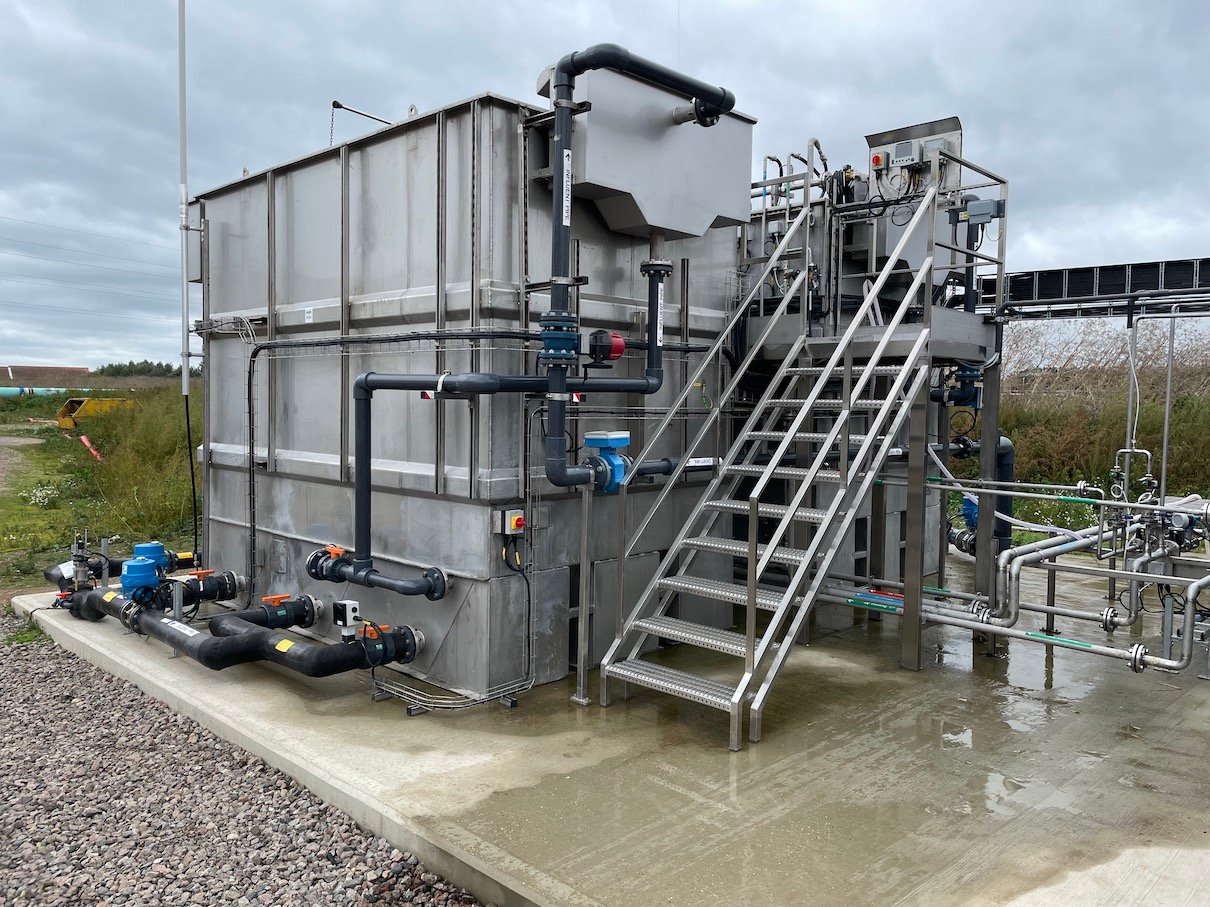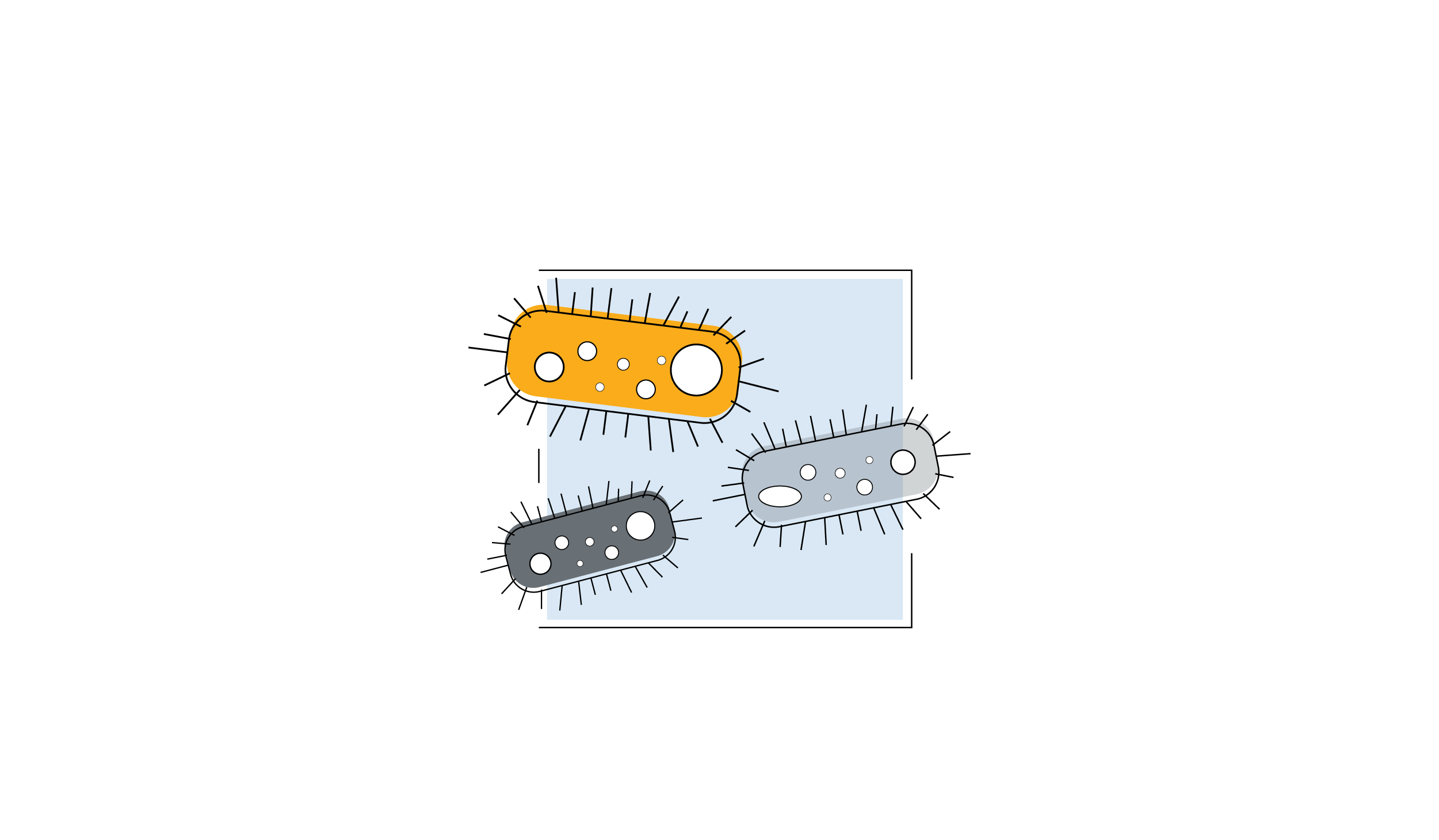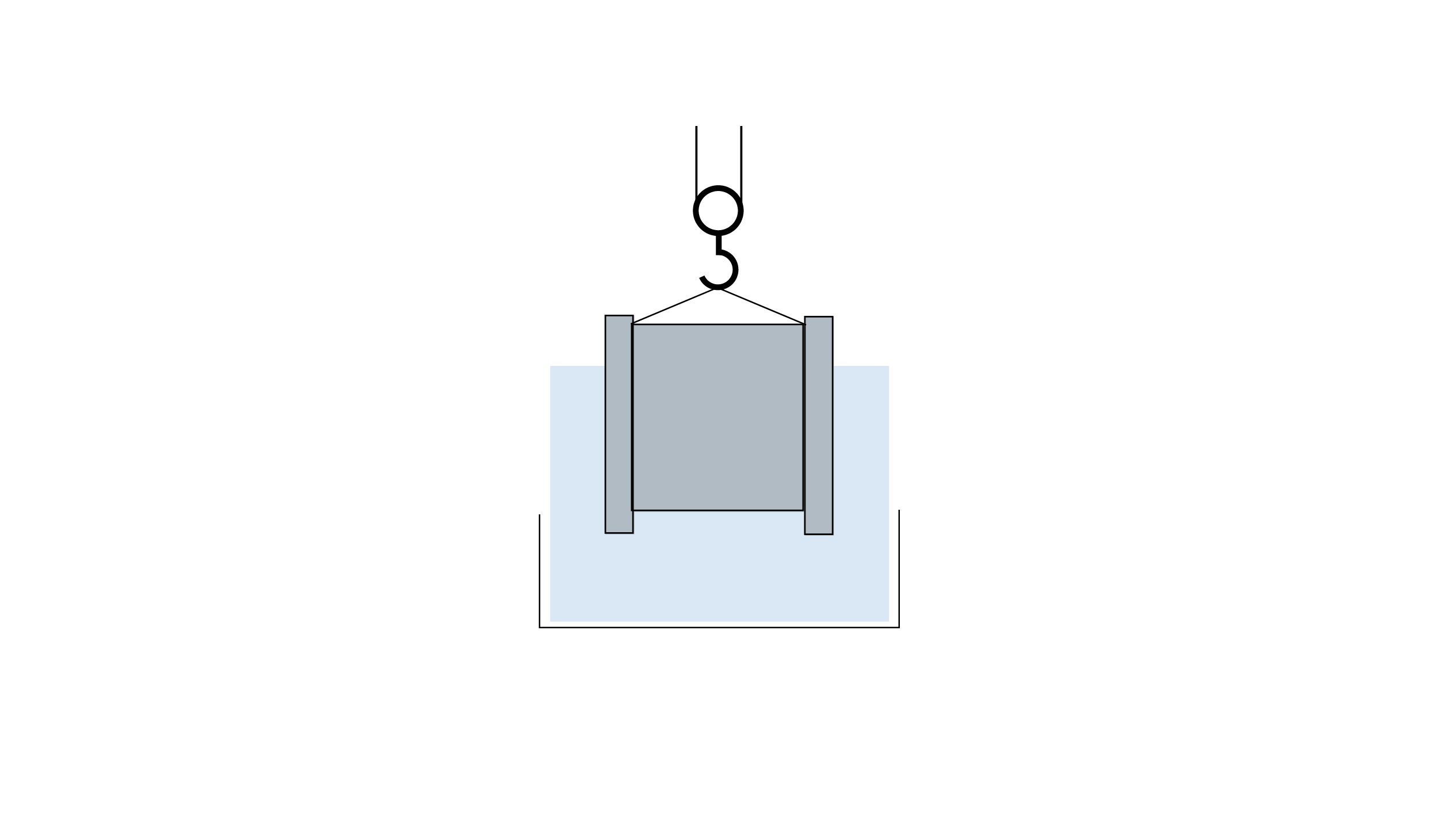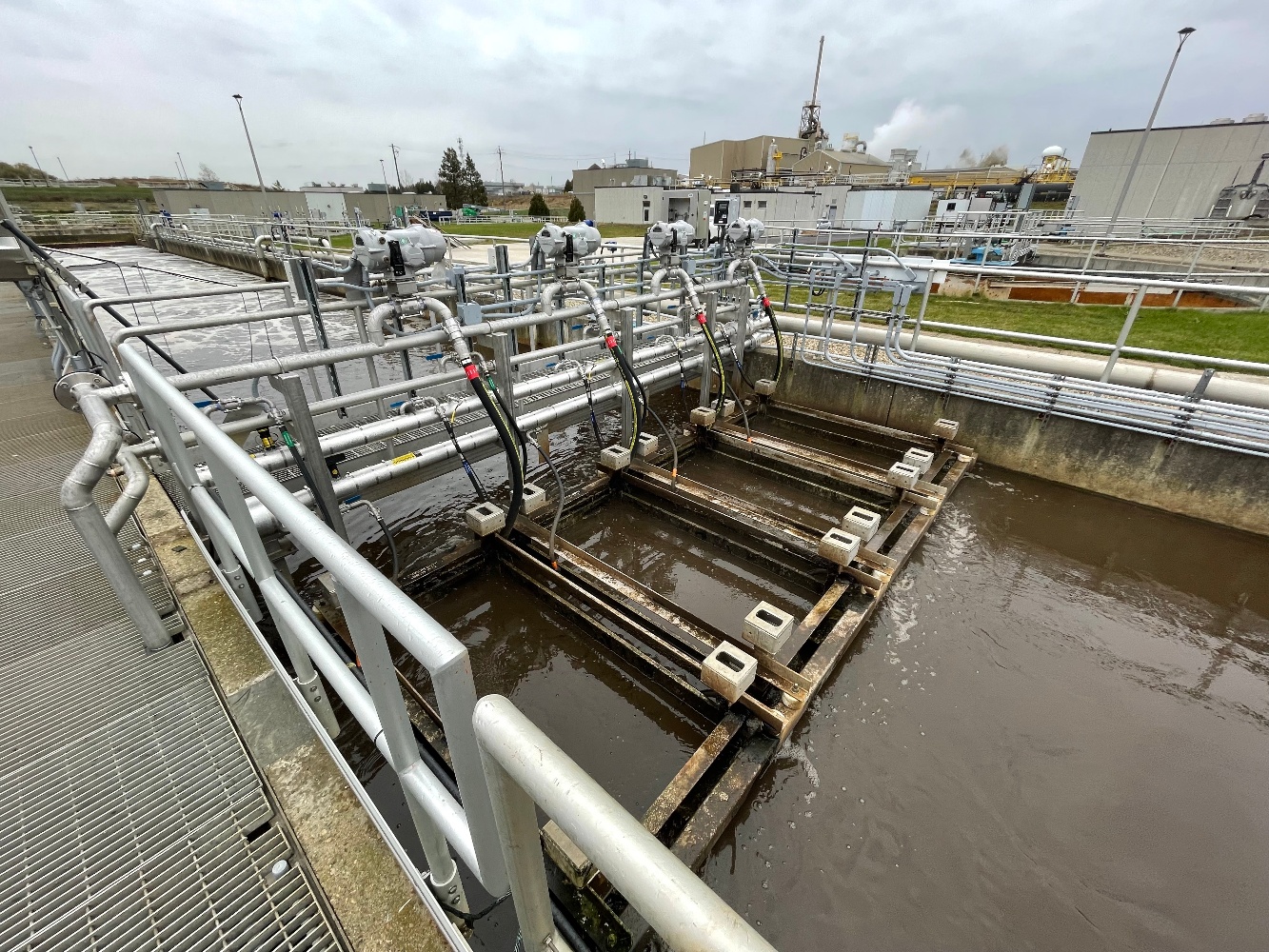Why MABR Wastewater Solutions Work So Well In Asia
We were delighted to win the TechXchange People’s Choice Award.
OxyMem were one of 30 companies from Europe who were recently selected by the European Business Mission to travel to Singapore and Vietnam to showcase the latest technological advancements in wastewater treatment. The mission gave the best of European innovation access to groups right accross Asia allowing us to contrast the challenges of basic infrastucture development of some of the emerging economies alongside one of most sophisticated and innovative water clusters in the world.
The interest in OxyMem Membrane Aerated Biofilm Reactor (MABR) was even greater than we anticipated, and it was clear that many of the attendees were keen to embrace solutions that met their specific local needs. As my colleague Wayne Byrne has previously argued:
“There is a tendency to want to mirror or mimic what other successful economies have done when you are looking for templates to build, or improve, a nation’s infrastructure. This is a highly justifiable rationale, after all if it has worked once it is likely to work again. But nowadays emerging economies have become more savvy and are more open than ever to the opportunity of leapfrogging”.
It was clear that many of the attendees we met recognised that OxyMem MABR offered such a solution. While a number of solutions are designed for the centralised utility deployment model so common in Western countries, OxyMem MABR is perfectly suited for smaller, more local plants.
“Decentralized treatment is most popular in developing nations that lack wastewater conveyance systems or drinking water pipelines going to far-off treatment facilities, or even within urban places” Abhirabh Basu, Lux Research.
Benefits for Different Industries
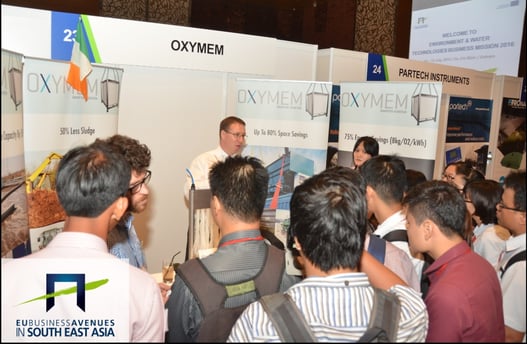 Our stand attracted a range of different stakeholders including plant owners and industrial clients.
Our stand attracted a range of different stakeholders including plant owners and industrial clients.
Owners and operators were pleased to learn what OxyMem could do for them personally; from allowing them to increase plant capacity by dropping an easy-to-install retrofit MABR cage into their existing wastewater tank, to reducing their treatment plant power consumption and carbon emissions by four-fold, to enabling them to half the frequency of sludge tanker trips and reduce sludge treatment/disposal costs.
Industrial clients, who wished to increase production but had no available floor space to extend their aeration system, were among some of those who were most excited by our MABR technology. The fact that we can increase treatment capacity by dropping cages into existing tanks (basically any tank that has a biological load) or to allow owners to have a new biological plant with 20% of the conventional footprint, got them thinking of meeting increased production demands and added revenue.
People’s Choice Award
While in Asia we also participated in the Singapore International Water Week (SIWW) TechXchange 2016, a competition hosted by Isle Utilities, SIWW, and the PUB. A short-list of 12 companies from around the world had the opportunity to showcase their most up to date, innovative technologies to a panel of water industry professionals and a room full of technology developers and users. We were delighted to win the TechXchange People’s Choice Award.
Summary
The interest in MABR technology and how it could help the broader environmental agenda (Energy, Carbon, etc) was of significant importance to those attending; remote areas with limited water reuse and limited electricity could now benefit from OxyMem’s low-power-draw wastewater treatment solutions. Asian countries looking to improve their wastewater treatment capabilities do not need to lay pipes, instead they can avail of innovative solutions which can treat the water locally.
“From a wastewater perspective there is an increasing opportunity to deploy smaller and more operationally efficient plants with lower energy requirements, sludge production, and human intervention. These localised plants have the advantage of proximity to the customer, and offer significant water reuse potential. This can be a game changer for addressing aggressive reuse targets which are being set across the MENA region to ensure the desalination progress is not lost to wastage.” Wayne Byrne
John McConomy is the Commercial Director of OxyMem

